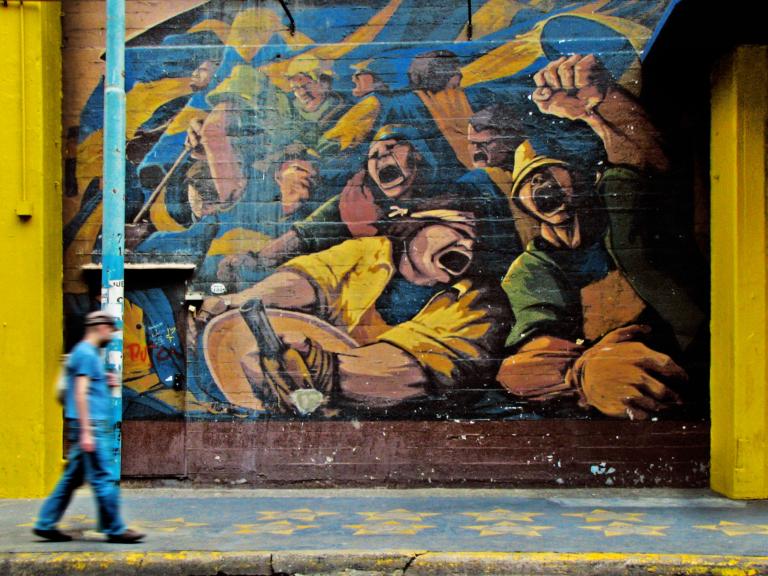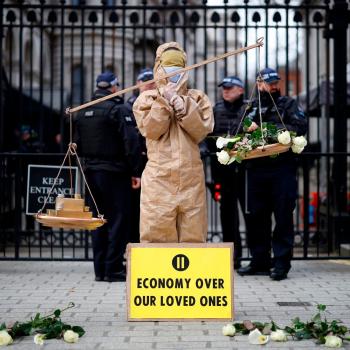The road to Labor Day, like all of labor history, is paved with blood…

Observance of the day began on September 5, 1882, when prominent labor organizations led a march wherein workers traded their assembly lines for the picket line and protested for safe working conditions, shorter hours, and higher wages. Later, in 1894, Democratic President Grover Cleveland responded to the infamous Pullman Railway Strike by sending out the National Guard. His heavy-handed response resulted in the death of at least thirty workers. It was a common tactic during the Gilded Age to put workers “in their place” by hiring either the mercenaries or calling in the military to quite literally beat down strikers.
When the Pullman Strike finally ended, Cleveland attempted to alleviate worker anxiety by recognizing Labor Day as a national holiday.
Most of the world, however, has celebrated the accomplishments of organized labor on May 1st. That date was set, in part, to commemorate the events of the Haymarket Massacre on May 4, 1886, where a peaceful demonstration to demand an 8-hour workday and to protest against the police killing of several workers in the preceding days turned violent when police arrived to disperse the crowd. In recognizing Labor Day as the national proletarian holiday, Cleveland gave workers a holiday while deflecting attention from the more radical sentimentality surrounding May Day.
The labor movement waxed and waned over the following few decades. Thanks to Red Scare propaganda, union smashing, and decades of neo-liberal politics, the “reason for the season” is now all but forgotten. It has become little more than a way to mark the end of summer or to cease wearing white (a fashion practice enforced by bougie snobs).











